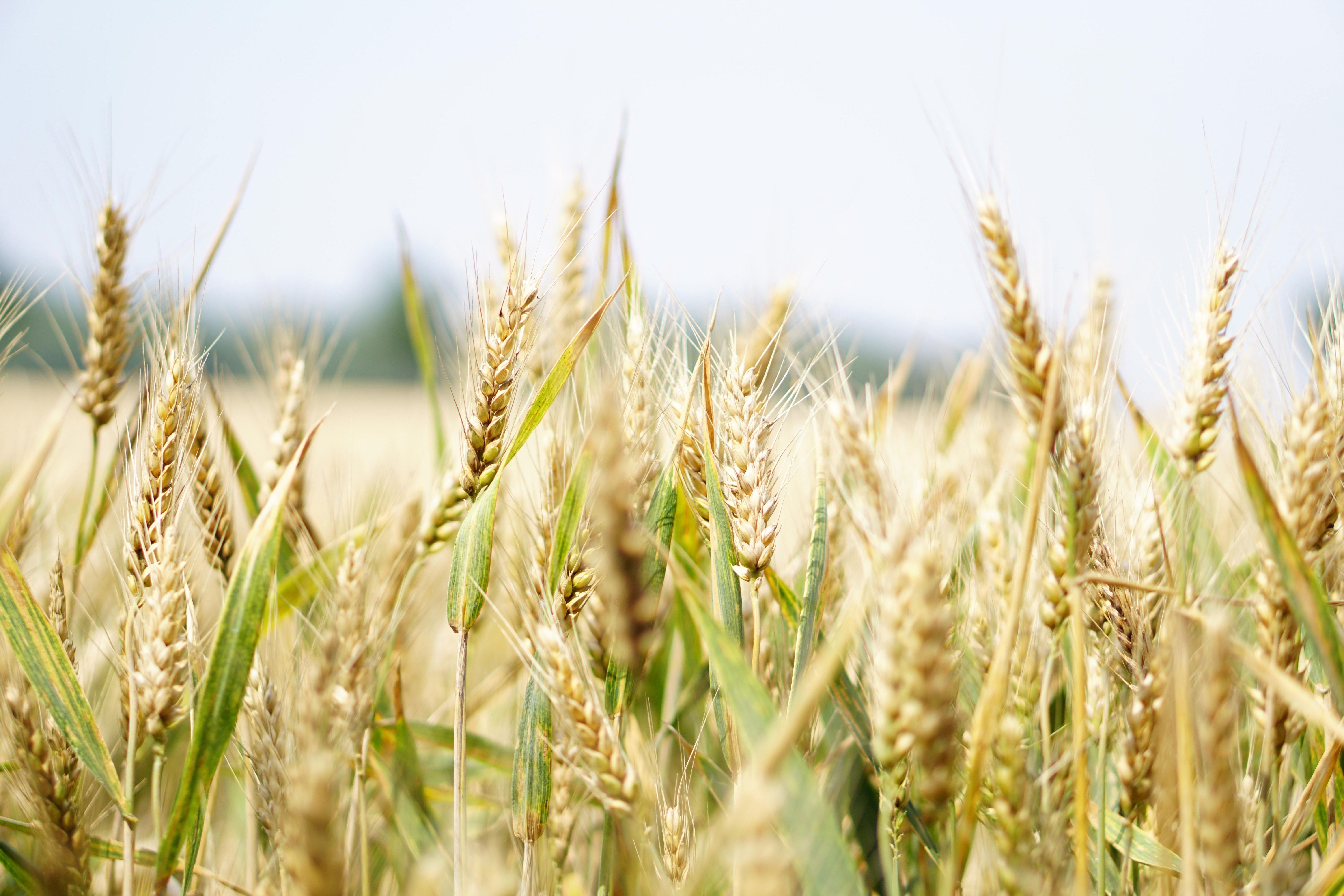Gluten-free food for beginners
Some people avoid gluten because it is a conscious choice in their diet. But usually it is necessary because someone has celiac disease. And then a gluten-free diet is strictly necessary.
What is gluten?
Gluten is a protein found in the seeds of some grains. It is also called glue protein because it plays a key role in the baking properties of flour.
The following grains contain gluten:
- Wheat
- Rye
- Spelt
- Barley
- Kamut
- Einkorn
- Emmer
- Triticale
- Tritordeum

What is celiac disease?
Celiac disease (or gluten intolerance) is a food intolerance and chronic autoimmune disease in which gluten ingestion leads to inflammation of the intestinal mucosa. The lining of the small intestine is damaged, which can ultimately lead to nutrients being insufficiently absorbed. The exact cause of celiac disease is not yet known, but it is believed that the disease is caused by a combination of hereditary factors such as the immune system, infections and environmental factors. It is estimated that 1% of the population has celiac disease, with only 10 to 20% developing symptoms. In addition, it affects women two to three times more than men.
What are the typical symptoms of celiac disease?
Untreated celiac disease in infants and young children can lead to stunted growth, vomiting, loss of food, stomach pain or indigestion, diarrhea or constipation. Muscle weakness, dental development disorders and iron deficiency (due to reduced nutrient absorption due to damage to the intestinal wall) can also indicate celiac disease. In adolescents and adults we speak of similar symptoms: diarrhea, constipation, bloated stomach, abdominal pain, nausea, loss of appetite or even weight loss. Nutrient deficiencies such as zinc, calcium, magnesium, potassium, vitamins A, D, B6, B12 and K and folic acid are common.
I have celiac disease. And now?
When diagnosed with celiac disease, a lifelong gluten-free diet is the only treatment option. A strict gluten-free diet is necessary because even the smallest amounts can cause symptoms and inflammation of the intestinal villi.
Thus, the above grains (and thus the products made with these grains, even if they are very small amounts) are not suitable for people with celiac disease. Bread, pastries, pasta, and cereals are the main focus, but so are some foods that you wouldn't suspect contain gluten, as gluten is often used in industrial food processing. Therefore, always look carefully at the ingredients list of packaged foods, because since 2005 it has been mandatory to state on the label.
The following foods can also contain gluten:
- Ready meals and soups
- Breaded products such as chips or croquettes
- Charcuterie
- Snacks and sweets such as chips, ice cream, chocolate and candy
- Ketchup, mustard, other sauces
- Baking powder, thickeners, breadcrumbs
- Herbal preparations
- Some liquids and bottled drinks
Which foods are allowed?
All foods that do not contain gluten are allowed, such as:
- Unprocessed foods that are naturally gluten-free, eg. fruits, vegetables, nuts, oilseeds, eggs and legumes
- Milk and milk products
- All kinds of meat and fish, provided they are not breaded or prepared with herbal preparations
- Cereals, pastries and pasta made from gluten-free grains such as millet, amaranth, buckwheat, corn, rice, quinoa, chickpeas, cassava flour, chestnuts, grape seed flour
What about oats?
Oats cannot easily be classified into a gluten-free or gluten-containing category. Oats themselves do not contain gluten, but growing oats can sometimes lead to contamination with other grains that contain gluten. Commercial oats are therefore not suitable for a gluten-free diet. However, there are oats that are grown specifically for gluten-free nutrition, with every step from cultivation to processing and packaging controlled so that no contamination occurs. In this case, oats are gluten-free and suitable for such a diet.
In the BÖCKER B: Pure range you will find oat bread, 100% gluten-free.Moreover, all B: Pure products from BÖCKER are not only gluten-free, but also lactose-free, 100% vegan and manufactured without the addition of allergens. People with any food intolerance can enjoy these products without hesitation.
Why is the range of gluten-free replacement products so limited?
Even a stray breadcrumb can cause complaints. Gluten-free products can also come into contact with gluten-containing products, for example via pans, cutlery, frying fat or cutting boards. It is important to be vigilant about this too.
A traditional bakery cannot simply bake gluten-free bread in a workshop where normal wheat products are otherwise produced. And gluten-free breads cannot be placed next to the regular white breads in the counter. A special gluten-free production unit is necessary for this.
Gluten provides the light structure of bread. It gives elasticity to products made from flour or flour. When baking the bread, gluten traps the gas bubbles in the dough that are released, so that the bread can rise. Baking gluten-free bread therefore remains a challenge for a baker. The result is often a much heavier loaf, with a thicker density.
